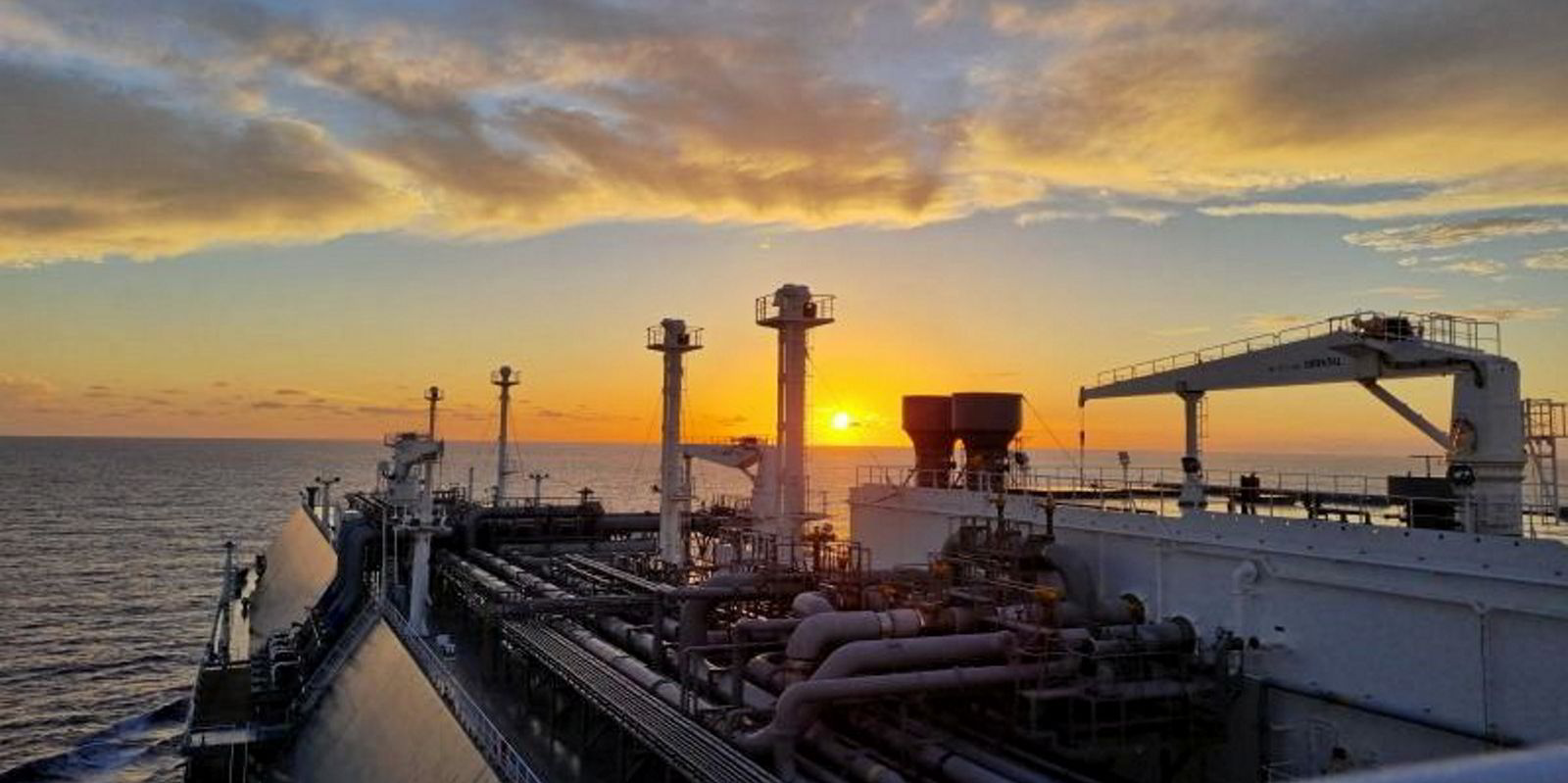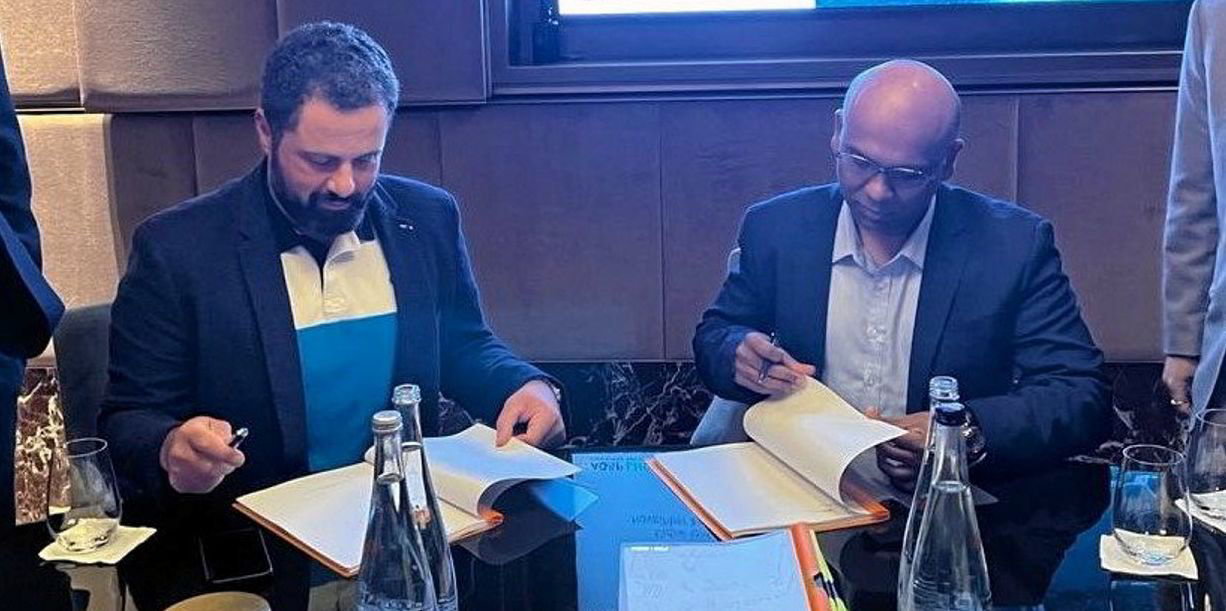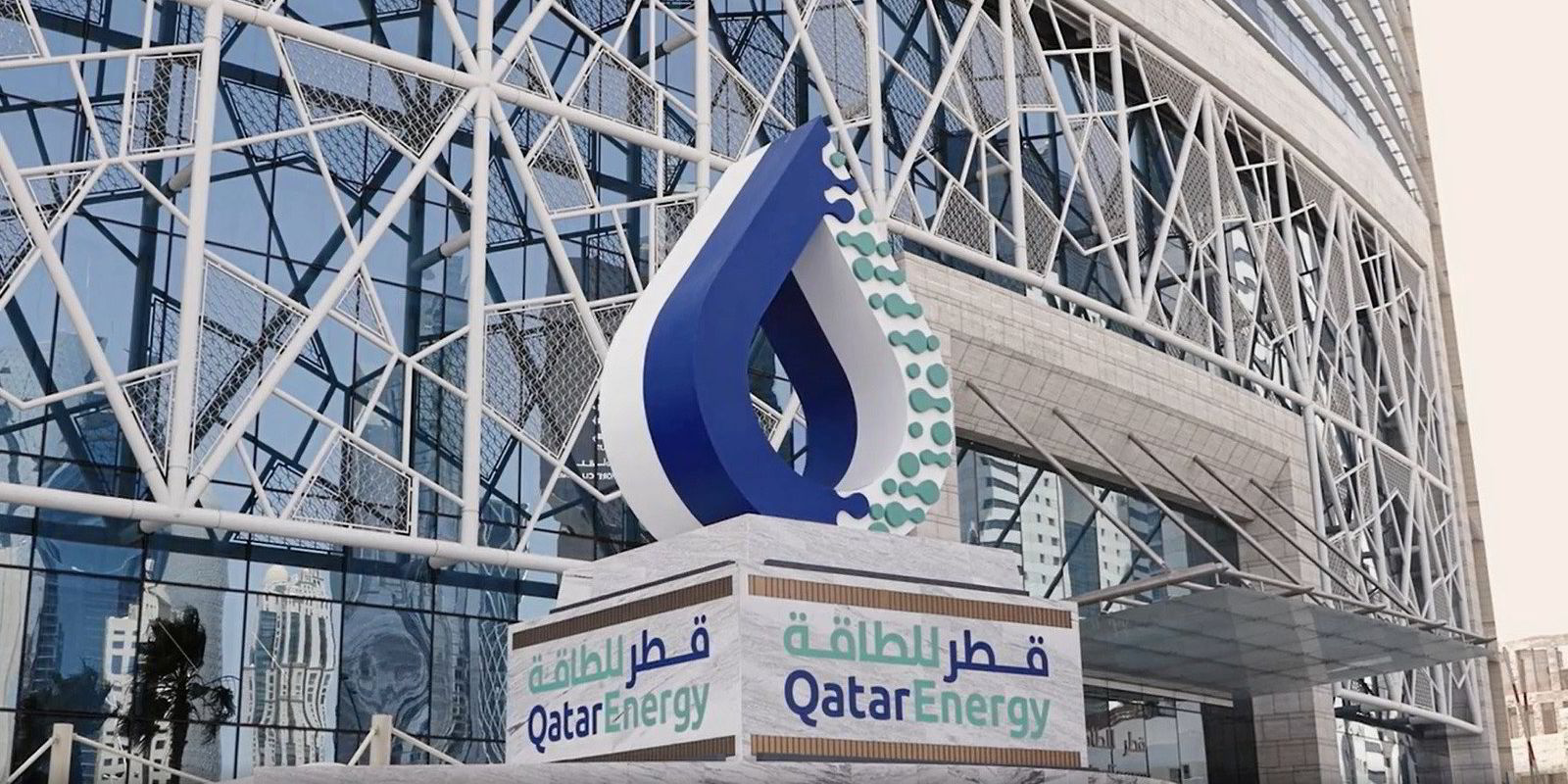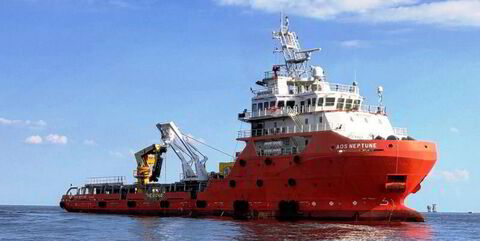Spot charter rates for LNG carriers have crashed to just above the $50,000 per day mark as falls continue in the face of weak demand and low market sentiment.
But some market players are flagging up fresh enquiry this week and a reluctance of those with available vessels to charter out at these levels which they say could herald a turn upwards for spot rates.
Rates for 174,000-cbm two-stroke vessels fell again this week and are currently being quoted at about $52,500 per day with daily levels in the east at closer to $50,000.
In its weekly report, Fearnley LNG said average year-to-date levels for two-stroke vessels are at $86,500 per day in the west, compared with 2023’s average of $124,317 per day and $159,288 per day in 2022.
The broker logged average year-to-date for modern vessels in the east at $70,300 per day contrasted with $126,529 per day average in 2023 and $151,558 per day in the preceding year.
But Fearnley LNG said rates “appear to have stabilised”. However, the broker said that the pool of open tonnage continues to grow — about 20 ships were showing open on a spot basis — despite the increased tonne-miles clocked up by vessels avoiding the militants’ attack-prone waters of the Red Sea.
“In short, the LNG market has quickly and comfortably adapted to life without the Red Sea — at least for now,” the broker said.
But LNG shipowners said they do expect to see the increase in tonne-miles from the Red Sea avoidance to filter through to the charter market in time. “Just do the maths,” one said.
He also pointed to fresh enquiry emerging with two big-name Asian charterers for LNG carriers to take on hire for one-year periods and said private charterers are willing to pay up for the best tonnage.
Term-charter rates are holding up, although these have also fallen since the beginning of this year.
Brokers continue to paint quite gloomy forecasts for LNG shipping over the next two years. But industry players said these are often heavily influenced by charterers looking to push the market down.
Bearish
In its outlook for 2024, shipbroker SSY said: “There is certainly, on the face of it, a supply-demand imbalance in favour of a long freight market.”
The broker said the arbitrage between trading basins is closed and said the sector is likely faced with 12 months of intra-basin trade, which will cut tonne-mile demand.
SSY said that while the forward curves for LNG look “depressed”, two-stroke vessels will remain the preferred vessel type due to their speed and fuel consumption figures.
“Based on market fundamentals, the outlook is bearish,” the broker said.
But SSY added that if tensions in the Red Sea escalate leading to a prolonged closure, extreme weather or lower prices stimulating demand and cross basin trades could change the picture.
Slowdown
In its report, SSY looked at Carbon Intensity Indicator ratings for vessels.
The broker said steam turbine tonnage has begun to slow down with engine performance limitation systems now commonplace, adding that this has “impacted the desire to consider these ships as chartering options”.
The broker said the market could remain weak over the next two years. However, it added that from 2026 the overriding sentiment for LNG shipping is one of “enormous positivity”.






